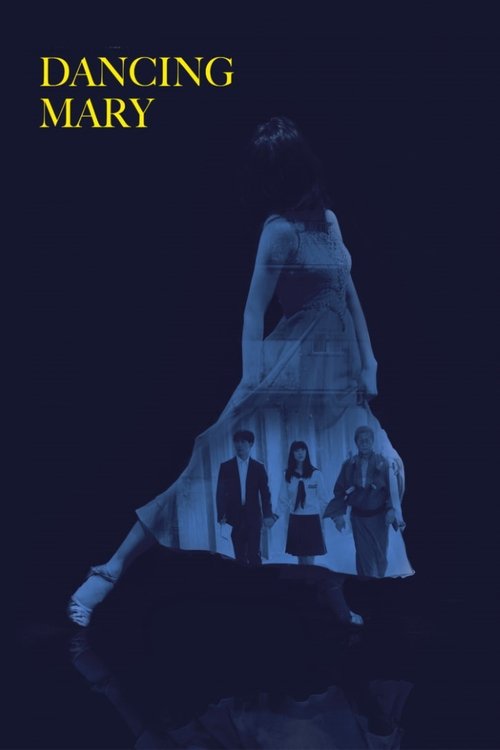
Ask Your Own Question
What is the plot?
What is the ending?
In the ending of "The Flat Sum," the main character, Alex, confronts the reality of his choices and the impact they have had on his relationships. After a series of emotional confrontations, he ultimately decides to take responsibility for his actions, leading to a bittersweet resolution with his estranged partner, Mia. The film concludes with Alex standing alone, reflecting on his journey and the lessons learned.
As the final act unfolds, the scene opens in a dimly lit apartment, where Alex sits on the edge of his bed, staring at the wall. The weight of his decisions hangs heavily in the air, and the silence is punctuated only by the distant sounds of the city outside. He is visibly shaken, his hands trembling slightly as he clutches a crumpled piece of paper--an old letter from Mia that he had kept hidden away. The letter serves as a reminder of their past, filled with dreams and promises that now feel like distant echoes.
The camera shifts to Mia, who is in a nearby café, her expression a mix of determination and sadness. She has decided to confront Alex about their fractured relationship. As she sips her coffee, she glances at her phone, contemplating whether to reach out. The tension builds as she finally sends him a message, asking to meet.
Cut back to Alex, who receives the message. His heart races, a mix of hope and dread flooding his senses. He knows this meeting could change everything. After a moment of hesitation, he types a response, agreeing to meet at their favorite park--a place filled with memories of happier times.
The scene transitions to the park, where the sun is setting, casting a warm golden hue over the landscape. Alex arrives first, pacing nervously, his mind racing with thoughts of what he wants to say. He recalls the moments they shared, the laughter, the love, and the gradual unraveling of their relationship.
Mia arrives, her expression guarded yet hopeful. They exchange awkward greetings, the air thick with unspoken words. As they sit on a bench, the conversation begins tentatively, with both characters struggling to articulate their feelings. Alex finally breaks the silence, admitting his mistakes and the ways he has hurt her. His voice trembles with vulnerability, revealing the depth of his regret.
Mia listens intently, her eyes reflecting a mixture of pain and understanding. She shares her own struggles, the loneliness she felt during their separation, and the dreams she had to let go of. The emotional weight of their conversation builds, and they both confront the reality of their situation--the love they once had is still there, but it is now intertwined with hurt and disappointment.
As the sun dips below the horizon, casting long shadows, they reach a pivotal moment in their dialogue. Alex expresses his desire to make amends, to rebuild what was lost, but he acknowledges that it will take time and effort. Mia, touched by his sincerity, reveals that she has also been reflecting on their relationship and is open to the possibility of reconciliation, but she emphasizes the need for honesty and change.
The scene shifts to a montage of their gradual reconnection--small moments of laughter, shared glances, and tentative steps toward rebuilding trust. However, the film does not shy away from the reality that healing takes time. The final moments show Alex standing alone in the park, watching the sunset, a contemplative expression on his face. He understands that while they have taken a step forward, the journey ahead will be challenging.
In the closing shot, the camera pulls back, revealing the park in its entirety, symbolizing the vastness of their journey ahead. The screen fades to black, leaving the audience with a sense of hope tempered by realism, encapsulating the film's exploration of love, loss, and the complexities of human relationships.
Is there a post-credit scene?
In "The Flat Sum," there is indeed a post-credit scene that adds an intriguing layer to the film's narrative. After the credits roll, the screen fades back in to reveal a dimly lit room filled with scattered papers and a large whiteboard covered in complex equations and diagrams. The camera slowly pans across the room, capturing the remnants of a frantic brainstorming session.
In the center of the room, we see the protagonist, Alex, hunched over a desk, visibly exhausted but determined. His brow is furrowed, and there are dark circles under his eyes, indicating the toll that the events of the film have taken on him. He stares intently at a particular equation on the whiteboard, a look of realization dawning on his face.
As he scribbles down notes, the camera zooms in on a specific part of the equation that seems to connect to the central mystery of the film. The tension in the air is palpable, suggesting that Alex is on the verge of a breakthrough. Just as he begins to smile, the door creaks open, and a shadowy figure enters the room. The figure is obscured, but a familiar voice calls out, "I think you're onto something, Alex."
The scene ends abruptly, leaving viewers with a sense of anticipation and curiosity about what this new development could mean for Alex and the unresolved mysteries of the film. The post-credit scene effectively teases potential future conflicts and discoveries, inviting the audience to ponder the implications of Alex's work and the identity of the mysterious figure.
What are the key events that lead to the climax of the film?
The climax is reached when Sarah discovers a hidden letter in the flat that reveals a shocking truth about her past. This moment of revelation forces her to confront her relationship with Mark and the choices she has made, culminating in an emotional confrontation that defines the film's turning point.
How does the character of Sarah evolve throughout the film?
Sarah begins as a seemingly carefree individual, but as the story unfolds, her layers are peeled back to reveal deep-seated insecurities and regrets. Her journey through the flat forces her to confront her choices, leading to a poignant transformation by the film's conclusion.
What is the significance of the flat in the story?
The flat serves as a central symbol in the narrative, representing both the physical and emotional space where the characters confront their pasts and relationships. It is a place of memories, secrets, and ultimately, revelations that drive the plot forward.
What role does the character of Mark play in Sarah's journey?
Mark acts as both a catalyst and a mirror for Sarah's internal struggles. His presence in the flat brings unresolved tensions to the surface, challenging Sarah to face her fears and ultimately pushing her towards self-acceptance.
How does the setting of the flat influence the interactions between characters?
The flat's confined space amplifies the tension between characters, creating an atmosphere of intimacy and claustrophobia. As they navigate their complex relationships within its walls, the flat becomes a character in itself, reflecting their emotional states and the weight of their shared history.
Is this family friendly?
"The Flat Sum," produced in 2019, is a film that explores complex themes and emotional struggles within a family dynamic. While it does not contain explicit content, there are several aspects that may be considered potentially objectionable or upsetting for children or sensitive viewers.
-
Emotional Turmoil: The film delves into themes of loss, grief, and familial conflict, which may evoke strong emotional responses. Scenes depicting characters in distress or experiencing sadness could be intense for younger audiences.
-
Family Conflict: There are moments of tension and arguments between family members that may be uncomfortable to watch. These conflicts highlight the struggles of communication and understanding within the family.
-
Depictions of Mental Health: The film touches on issues related to mental health, including anxiety and depression. These themes are explored through the characters' interactions and personal struggles, which may be distressing for some viewers.
-
Dramatic Situations: Certain scenes may involve dramatic situations that could be unsettling, such as confrontations or moments of vulnerability that reveal the characters' deeper fears and insecurities.
Overall, while "The Flat Sum" is not overtly inappropriate, its emotional depth and exploration of serious themes may require parental guidance for younger viewers or those who are particularly sensitive to such topics.





















